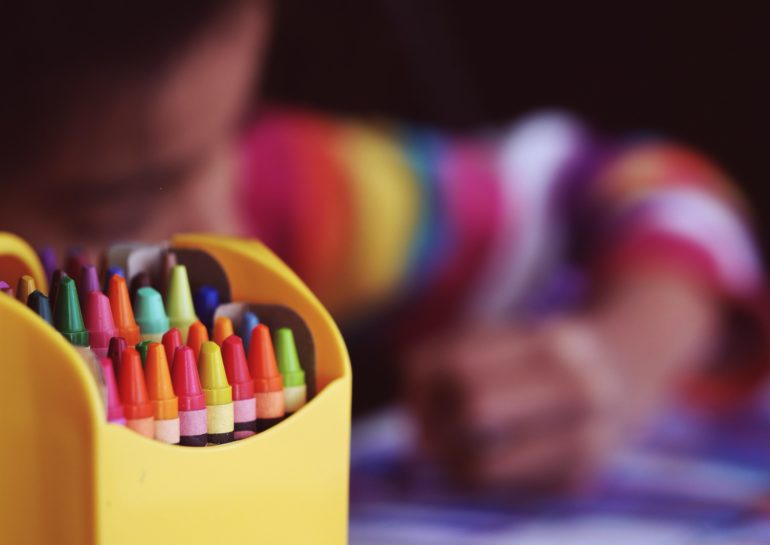While eating breakfast today, I watched as young models paraded up and down the set of a popular television program. Trudy, wearing skinny black jeans and a black t shirt stopped to pose and smile as the host oohed and aahed over her cool back to school look. Her puffy pink vest matched her backpack and her new sneakers with skulls and pink trim were the perfect accessory to complete the outfit. I was grateful that my eleven year old was fast asleep in bed or I imagined that she too would join the throngs of children viewers begging their parents for that same sporty outfit for their first day back to school. It’s difficult to escape the frenzied buzz of chatter as children excitedly swap stories of what they will be wearing, carrying and using their first day back. The trick is to balance your budget with your child’s desires for the latest and greatest in new clothing and supplies as the first day of school approaches.
Here’s what to keep in mind:
1. It’s normal for children to want to dress to impress their first day back to school – especially as they reach grades 4 and up. No more are they willing to accept their older siblings hand me downs or what you’ve selected for them. While acknowledging their desire to make a good first day impression, try not to be coerced into buying the most expensive label on the rack. Help your child to realize that even items that are more reasonably priced can look great. Give your child an allowance for their first day back to school outfit that fits your means and stick to it.
2. It’s also normal for your child to want fresh new markers, pencil crayons, rulers, erasers, pens, pencils, binders and the list goes on. However, my guess is that if your house is anything like mine (and especially if you have more than one school aged child), you could probably open a stationery store with all the items stuck away in drawers. Let your child know that you are willing to purchase new only once he or she has sorted through drawers and organized items by category. Then decide which items are absolutely necessary to purchase. So that they can experience the thrill of walking through the aisles of their favourite stationery store and buying something new (even if they don’t need anything), you may again offer an allowance to purchase something small such as a new pencil case or binder.
3. If your child’s backpack is truly tattered or torn and in need of being replaced, try to resist buying only those with a popular logo or icon on it. These items generally become outdated before those with none. If your child is stuck on a particular backpack and it does have an icon that you fear he will outgrow, then make sure that he or she knows your position on not replacing it until it is no longer usable.
4. So that you don’t have too many duplicates of the same item in the house, offer some of what you don’t need to families who cannot afford to purchase new. So many of us buy new because we cant find the old and then realize, when organizing, that we have 20 erasers, for example, that we had forgotten about. The easiest way to keep track of what we have and what we need is to keep organized. Rulers with rulers, paper with paper and glue with glue, for example.
5. If your child is insistent on an item that you feel is unnecessary, first explain your rationale for not purchasing it and then ask him or her to try to convince you why you should change your mind. If your child makes a convincing argument but you still see the item as a luxury, make a plan for your child to contribute towards the item or work towards saving for it or paying you back. It’s wise for children to learn how to delay gratification by saving towards something they want and also for them to appreciate the value of the item by using their own money.
